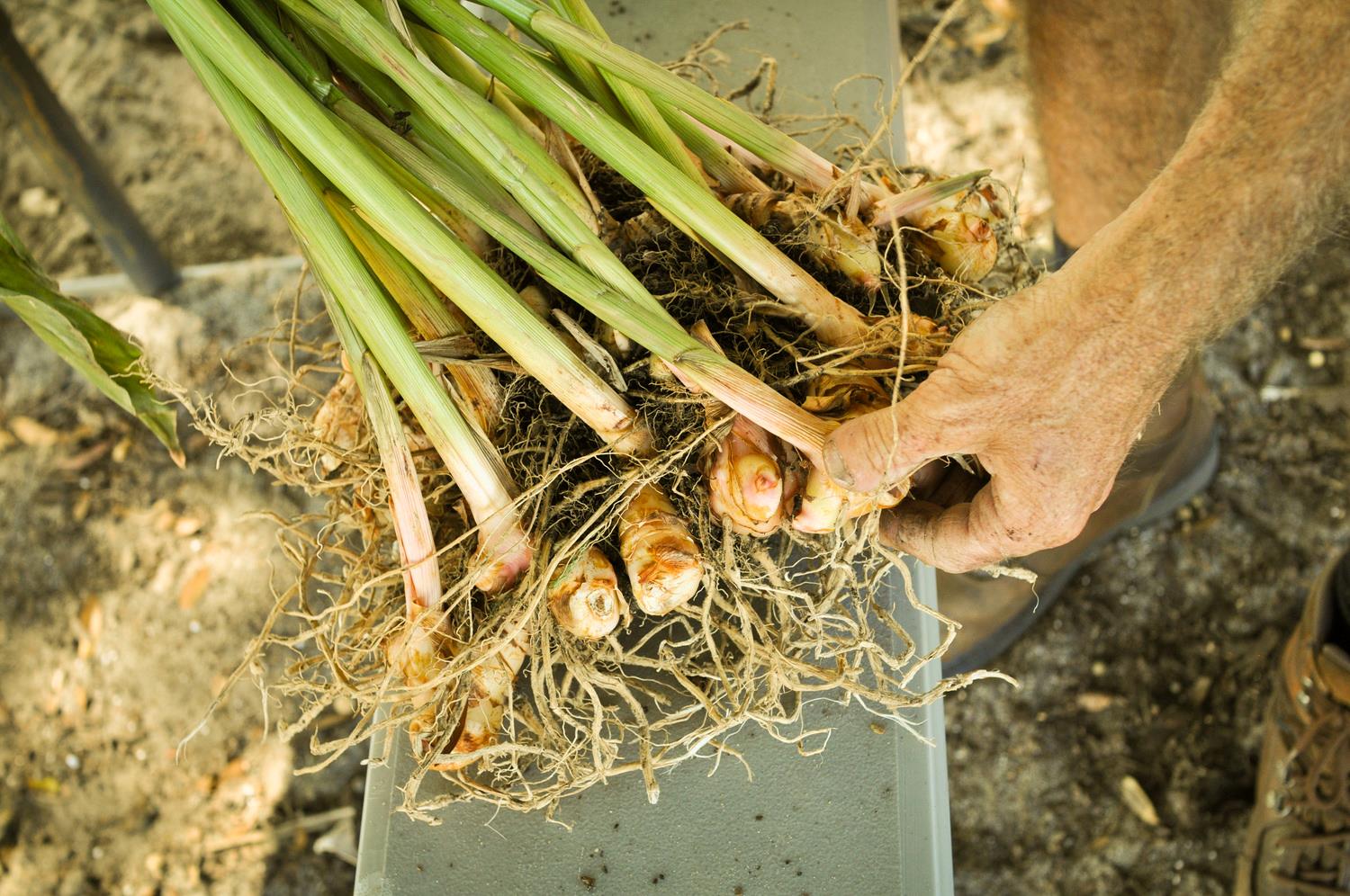

Articles
How To Store Ginger And Turmeric Root
Modified: December 7, 2023
Learn the best techniques for storing ginger and turmeric root in this informative article. Keep your roots fresh and flavorful for longer with these tips.
(Many of the links in this article redirect to a specific reviewed product. Your purchase of these products through affiliate links helps to generate commission for Storables.com, at no extra cost. Learn more)
Introduction
Ginger and turmeric root are two popular spices known for their aromatic flavors and numerous health benefits. Whether you use these roots in cooking, brewing tea, or making natural remedies, it’s important to know how to properly store them for maximum freshness and longevity.
Storing ginger and turmeric root correctly not only ensures they retain their flavor and nutritional value but also saves you money by preventing waste. No one wants to discover a shriveled, lifeless root in the back of their pantry or refrigerator.
In this article, we will explore the benefits of storing ginger and turmeric root, discuss how to choose fresh roots, and provide various storage methods to help you keep these vibrant spices in prime condition.
Key Takeaways:
- Preserve the vibrant flavors and health benefits of ginger and turmeric root by storing them properly in the pantry, refrigerator, or freezer. Choose fresh roots, prepare diligently, and handle with care to enjoy their aromatic twist in various culinary creations.
- Extend the shelf life of ginger and turmeric root while retaining their nutritional value by selecting fresh roots, preparing diligently, and utilizing the appropriate storage methods. Get creative in the kitchen and elevate your culinary experience with the vibrant flavors of these incredible spices.
Read more: How To Store Ginger And Turmeric
Benefits of Storing Ginger and Turmeric Root
Storing ginger and turmeric root has several benefits, including:
- Prolonging Freshness: Proper storage methods help extend the shelf life of ginger and turmeric root. This allows you to use them over a more extended period, saving you from the disappointment of unusable, spoiled roots.
- Preserving Flavor: Storing ginger and turmeric root correctly helps retain their distinct and vibrant flavors. Freshly stored roots retain their aromatic properties, enhancing the taste and aroma in your culinary creations.
- Retaining Nutritional Value: Ginger and turmeric root are known for their health-promoting properties due to their high levels of antioxidants and anti-inflammatory compounds. Proper storage prevents the loss of these valuable nutrients, allowing you to harness their full health benefits.
- Convenience and Cost Savings: Storing ginger and turmeric root properly means you always have them on hand whenever you need them. This eliminates the need for frequent trips to the grocery store, saving you time and money in the long run.
Now that we understand the advantages of storing ginger and turmeric root, let us move on to learn how to choose the freshest roots for storage.
Choosing Fresh Ginger and Turmeric Root
When it comes to storing ginger and turmeric root, selecting the freshest roots is essential. Look for the following characteristics to ensure you’re choosing the best quality roots:
- Appearance: Opt for roots with smooth, firm skin. Avoid any roots that have wrinkled or mushy areas, as these are signs of age and deterioration.
- Aroma: Fresh ginger and turmeric root should have a strong, pleasant aroma. If the roots have a musty or sour smell, it’s an indication that they are past their prime.
- Weight: Hold the root in your hand. It should feel heavy for its size. A light root may be dehydrated and less flavorful.
- Color: Look for ginger roots with pale, smooth, and shiny skin. Turmeric roots should be vibrant, golden yellow or orange, without any dark spots or discoloration.
- Sprouting: Inspect the roots for any early signs of sprouting, such as small green shoots. Roots that are sprouting tend to be less flavorful and can have a woody texture.
When purchasing ginger and turmeric root, buy only what you need for immediate use. This way, you can ensure you’re storing the freshest roots and minimize waste. Now that you’ve selected your fresh ginger and turmeric root, let’s move on to the next step: preparing them for storage.
Preparing Ginger and Turmeric Root for Storage
Before storing ginger and turmeric root, it’s important to prepare them properly to ensure optimal storage conditions. Follow these steps to get your roots ready for storage:
- Cleaning: Begin by gently rinsing the roots under cool running water to remove any dirt or debris. Use your hands or a soft brush to lightly scrub the skin. Avoid harsh scrubbing, as it can damage the thin outer layer.
- Drying: After cleaning, pat the roots dry with a clean kitchen towel or paper towels. Excess moisture can lead to mold growth, so ensure the roots are completely dry before proceeding.
- Trimming: Inspect the roots for any bruised or soft spots. Using a sharp knife, carefully trim away any damaged areas. This helps prolong the shelf life of the remaining portion and prevents the spread of spoilage.
- Optional Peeling: While it’s not necessary, you can choose to peel the skin of ginger and turmeric root before storing. Peeling can help remove any remaining dirt or impurities and make the roots easier to use later on. However, leaving the skin intact can provide additional flavor and nutritional benefits.
Once you’ve completed these steps, your ginger and turmeric root are ready to be stored. In the next sections, we will discuss different storage methods, including storing them in the pantry, refrigerator, and freezer. Stick around to find out which method suits your needs best.
Storing Ginger and Turmeric Root in the Pantry
If you plan to use your ginger and turmeric root within a week or two, storing them in the pantry is a convenient option. Follow these steps to store them properly:
- Airtight Container: Place the cleaned and dried roots in a breathable container, such as a mesh bag or a paper bag. Avoid using plastic bags, as they can trap moisture and promote spoilage.
- Location: Find a cool, dark spot in your pantry to store the roots. Avoid places near heat sources, direct sunlight, or areas prone to humidity, as these conditions can cause the roots to deteriorate quickly.
- Check regularly: Periodically check on your stored ginger and turmeric root to ensure there are no signs of decay or mold. Remove any damaged or shriveled roots to prevent the spread of spoilage.
Storing ginger and turmeric root in the pantry allows them to be easily accessible for cooking and other culinary purposes. However, keep in mind that this method is best for short-term storage. If you want to prolong the shelf life of your roots, refrigeration or freezing may be a better option. Continue reading to learn more about these storage methods.
Store ginger and turmeric root in the refrigerator in a paper towel or perforated plastic bag to keep them dry and fresh. Replace the paper towel if it becomes damp.
Read more: How To Store Turmeric Root
Storing Ginger and Turmeric Root in the Refrigerator
If you want to extend the shelf life of your ginger and turmeric root, storing them in the refrigerator is an ideal option. Follow these steps to store them properly:
- Wrap and Seal: Individually wrap the cleaned and dried roots in paper towels or place them in a zip-top bag. Make sure to remove any excess air from the bag before sealing it tightly.
- Crisper Drawer: Store the wrapped ginger and turmeric root in the crisper drawer of your refrigerator. This drawer offers a slightly higher humidity level, which helps keep the roots fresh and prevents them from drying out.
- Temperature: Set your refrigerator temperature to around 40°F (4°C) or slightly below. This temperature range is optimal for storing ginger and turmeric root, as it slows down the rate of spoilage and maintains their flavor and texture.
- Check and Refresh: Every week, check on your stored roots and discard any that show signs of decay or mold. Replace the paper towels or zip-top bag if they become damp or excessively moist.
Refrigerating ginger and turmeric root can significantly extend their shelf life, allowing you to enjoy fresh and flavorful roots for several weeks. However, if you don’t plan to use them within a few weeks, freezing is an excellent method to consider. Keep reading to uncover the steps for freezing ginger and turmeric root.
Freezing Ginger and Turmeric Root
If you have a surplus of ginger and turmeric root or want to store them for an extended period, freezing is a great option. Follow these steps to freeze ginger and turmeric root:
- Preparation: Clean, dry, and peel the ginger and turmeric root, if desired. Slice or grate them into small pieces for easier usage later on.
- Flash-Freezing: Arrange the ginger and turmeric root pieces in a single layer on a baking sheet lined with parchment paper. Place the baking sheet in the freezer and let the roots freeze for about 1-2 hours, or until they become firm.
- Storage: Transfer the frozen ginger and turmeric root pieces into an airtight freezer-safe container or freezer bags. Label the containers with the date and store them in the freezer.
- Usage: When you need to use the frozen ginger or turmeric root, simply remove the desired amount from the freezer and return the remaining pieces to the freezer promptly.
- Thawing: Thaw the frozen ginger and turmeric root by placing them in the refrigerator for a few hours or by defrosting them directly in your cooking preparations.
By freezing ginger and turmeric root, you can extend their shelf life for several months. This method is particularly useful when you have a surplus or want to have a readily available supply for future use. Remember to label the containers with the date to keep track of their freshness.
Properly Handling Stored Ginger and Turmeric Root
Once you have stored your ginger and turmeric root using the preferred method, it’s essential to handle them properly to maintain their freshness and quality. Follow these tips for handling stored roots:
- Washing Before Use: Prior to using any stored ginger or turmeric root, rinse them under cool water and gently scrub the skin if necessary. This removes any residual dirt and helps prevent contamination.
- Trimming as Needed: If you notice any signs of decay, mold, or soft spots on the stored roots, trim them away before use. It’s important to remove any compromised areas to prevent the spread of spoilage.
- Grate or Slice as Required: Grating or slicing frozen or refrigerated ginger and turmeric root becomes easier when it’s still partially frozen. Use a fine grater or a sharp knife to achieve the desired texture for your recipes.
- Return to Storage Promptly: After using ginger or turmeric root, ensure that you return any remaining portions to their respective storage conditions promptly. For refrigerated or frozen roots, seal them tightly and place them back in the refrigerator or freezer.
By handling stored ginger and turmeric root with care, you can enjoy their freshness and flavor for an extended period. With these tips in mind, let’s explore some creative ways to use stored ginger and turmeric root in your culinary adventures.
Tips for Using Stored Ginger and Turmeric Root
Stored ginger and turmeric root can be used in a variety of delicious and healthy recipes. Here are some tips to help you make the most of your stored roots:
- Infuse Flavor in Drinks: Grate or slice ginger or turmeric root and add it to your tea, lemonade, or smoothies for a refreshing and flavorful twist.
- Add to Stir-Fries and Curries: Finely chop or grate ginger and turmeric root to add a zingy and aromatic flavor to your stir-fries, curries, and Asian-inspired dishes.
- Create Immune-Boosting Tonic: Brew a simple ginger and turmeric tea by simmering sliced roots in water. Add honey and lemon for a soothing and immune-boosting beverage.
- Enhance Soups and Stews: Add grated or finely chopped ginger and turmeric root to your favorite soups and stews for a warm and comforting flavor.
- Bake with a Kick: Grate ginger or turmeric root into your baked goods like muffins, cookies, and cakes for a delightful and aromatic twist.
- Create Homemade Spice Blends: Make your own spice blends by combining powdered ginger and turmeric with other spices like cinnamon, cumin, and coriander.
- Experiment with Marinades and Dressings: Blend grated ginger and turmeric root with other ingredients like garlic, soy sauce, vinegar, and oil to create delicious marinades and dressings.
- Make Healing Elixirs: Combine grated ginger and turmeric root with honey, lemon juice, and hot water for a soothing and immune-boosting elixir during the cold and flu season.
- Add Flair to Sautéed Vegetables: Sauté your favorite vegetables with a touch of grated ginger and turmeric root to enhance their flavor and provide additional health benefits.
These are just a few ideas to get you started, but feel free to explore and experiment with using ginger and turmeric root in various dishes. The possibilities are endless!
Now that you have learned how to store, handle, and use stored ginger and turmeric root, you can enjoy the bold flavors and health benefits of these incredible spices at your convenience. So, get creative in the kitchen and elevate your culinary experience with the vibrant flavors of ginger and turmeric!
Read more: How To Store Ginger Root
Conclusion
Storing ginger and turmeric root correctly is essential to preserve their flavor, nutritional value, and overall quality. Whether you choose to store them in the pantry, refrigerator, or freezer, following the proper techniques ensures that you always have these aromatic spices on hand for your favorite recipes.
By selecting fresh roots, preparing them diligently, and utilizing the appropriate storage methods, you can extend the shelf life of ginger and turmeric root while maintaining their vibrant flavors and health benefits.
Remember to handle stored roots with care, washing and trimming them as needed before use. Grate, slice, or incorporate them into various recipes, such as drinks, stir-fries, soups, and baked goods, to add a zingy and aromatic twist to your culinary creations.
Whether you use ginger and turmeric root for their delicious flavors or for their potential health benefits, proper storage methods help you make the most of these incredible spices.
So, get started on storing your ginger and turmeric root properly today, and let their vibrant flavors and health-promoting properties enhance your culinary adventures in the most delicious ways imaginable!
Frequently Asked Questions about How To Store Ginger And Turmeric Root
Was this page helpful?
At Storables.com, we guarantee accurate and reliable information. Our content, validated by Expert Board Contributors, is crafted following stringent Editorial Policies. We're committed to providing you with well-researched, expert-backed insights for all your informational needs.
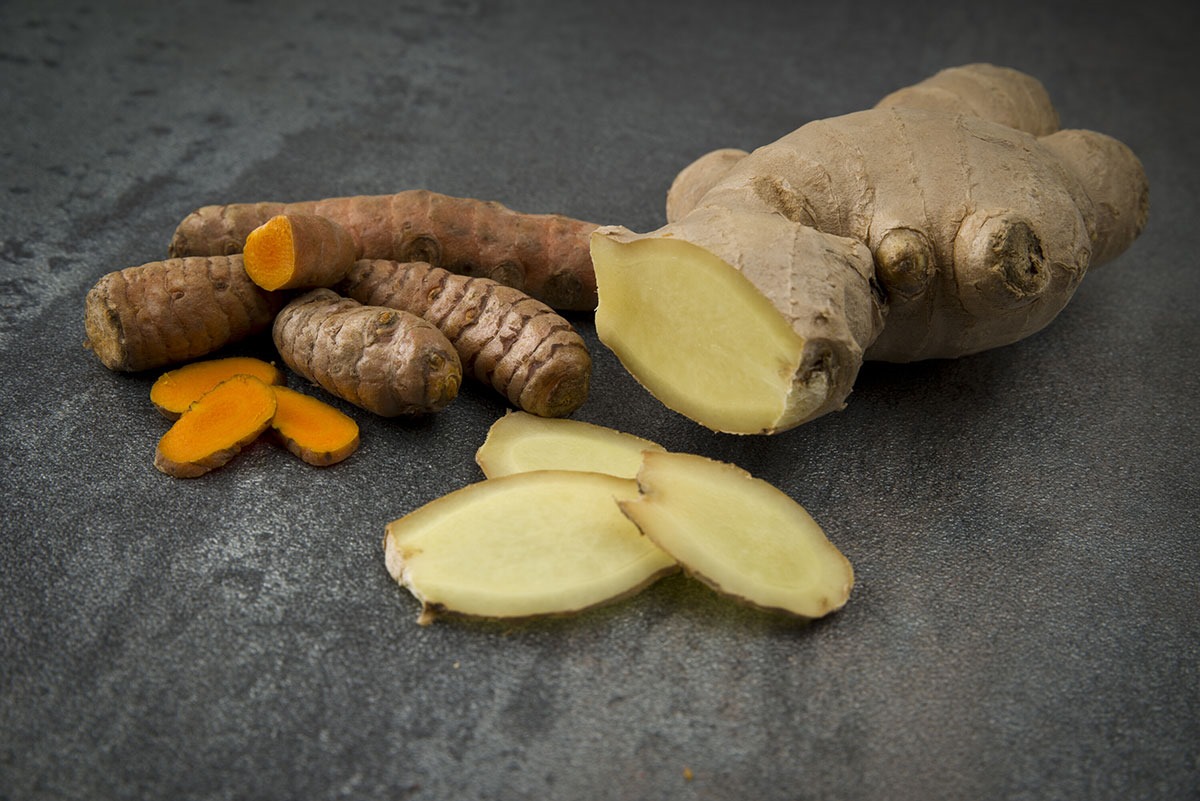
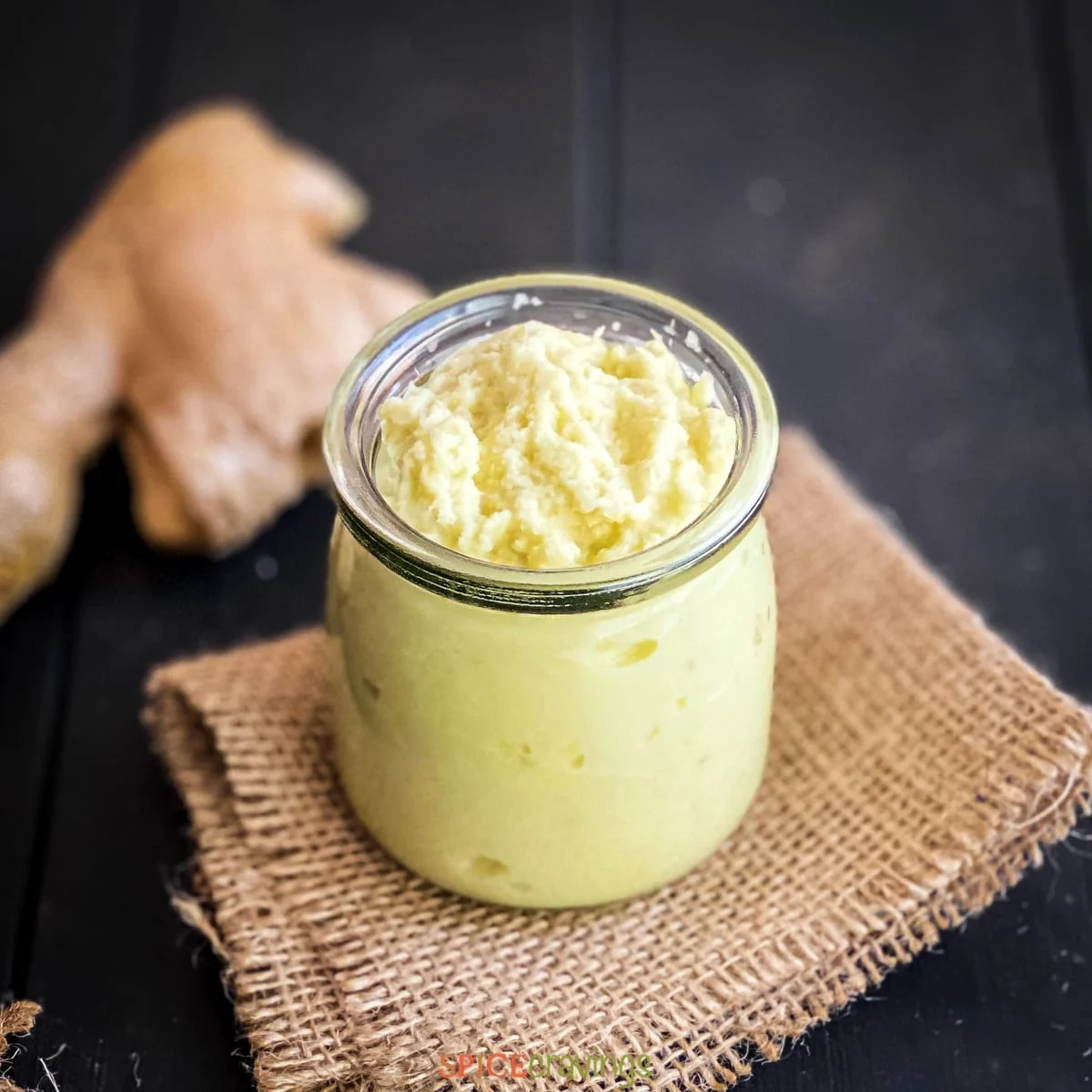

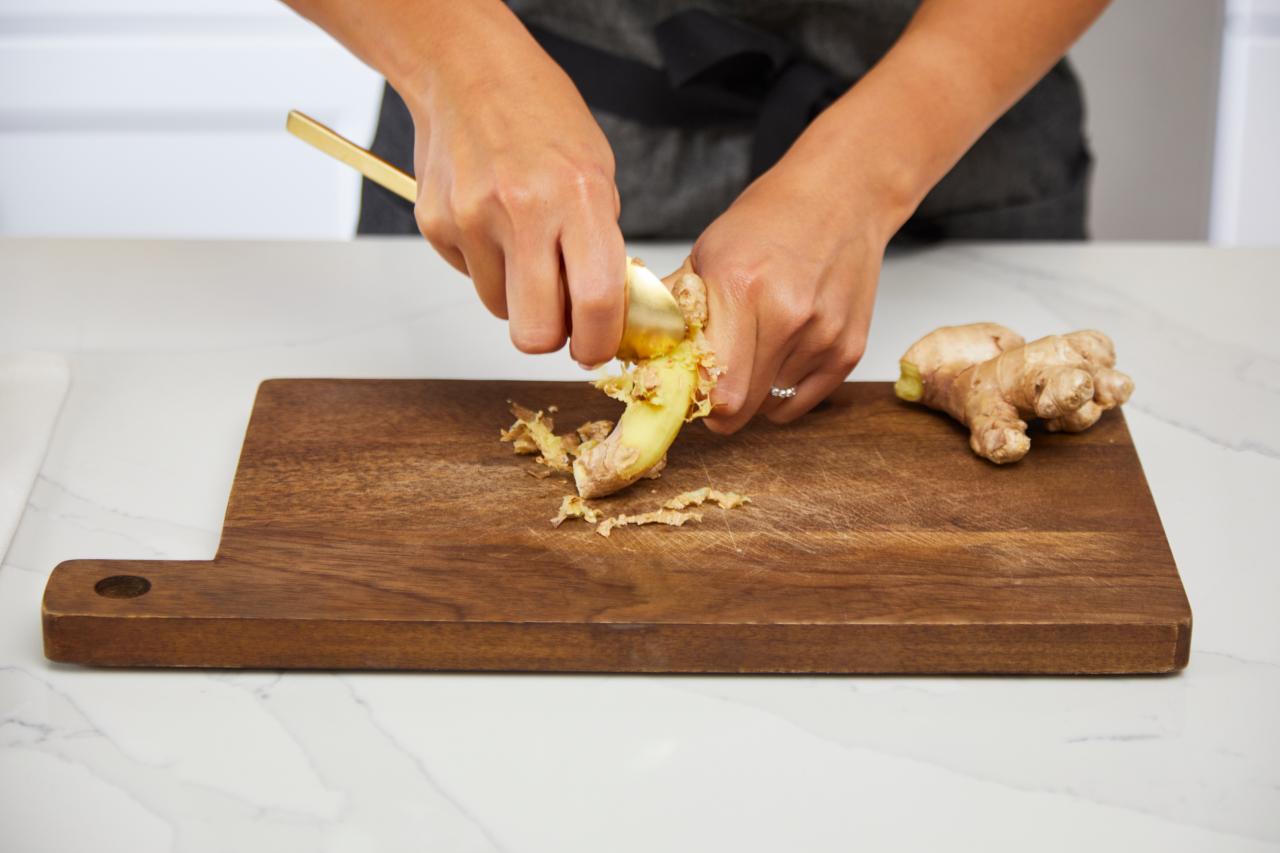
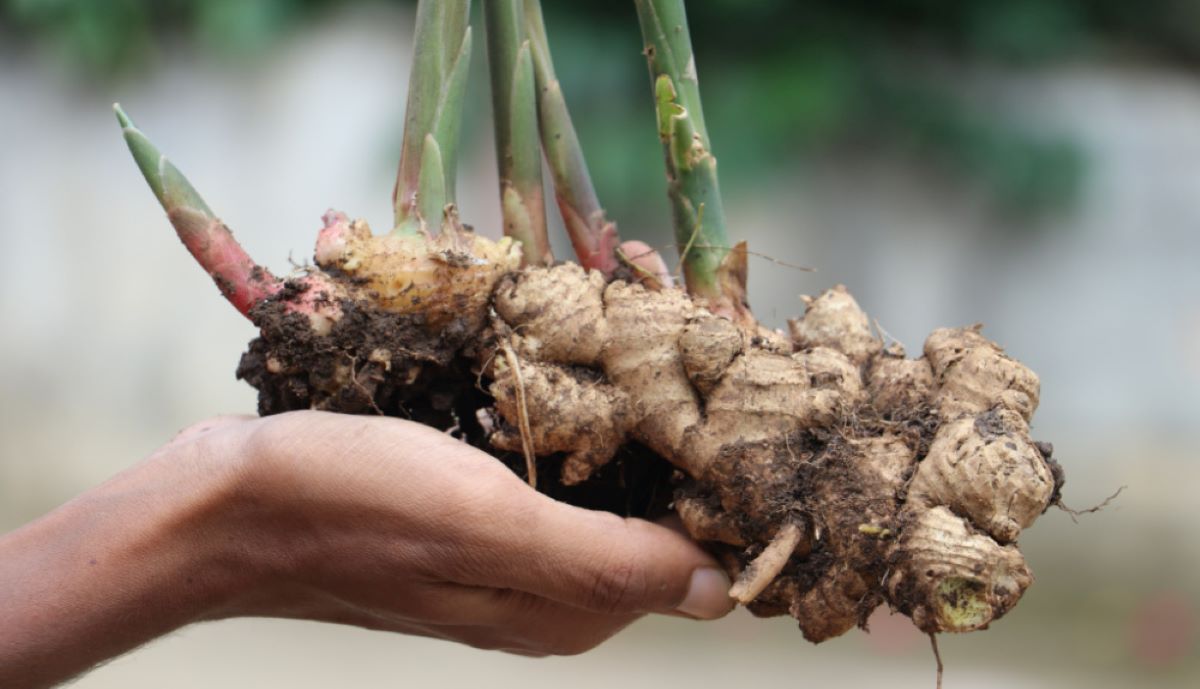
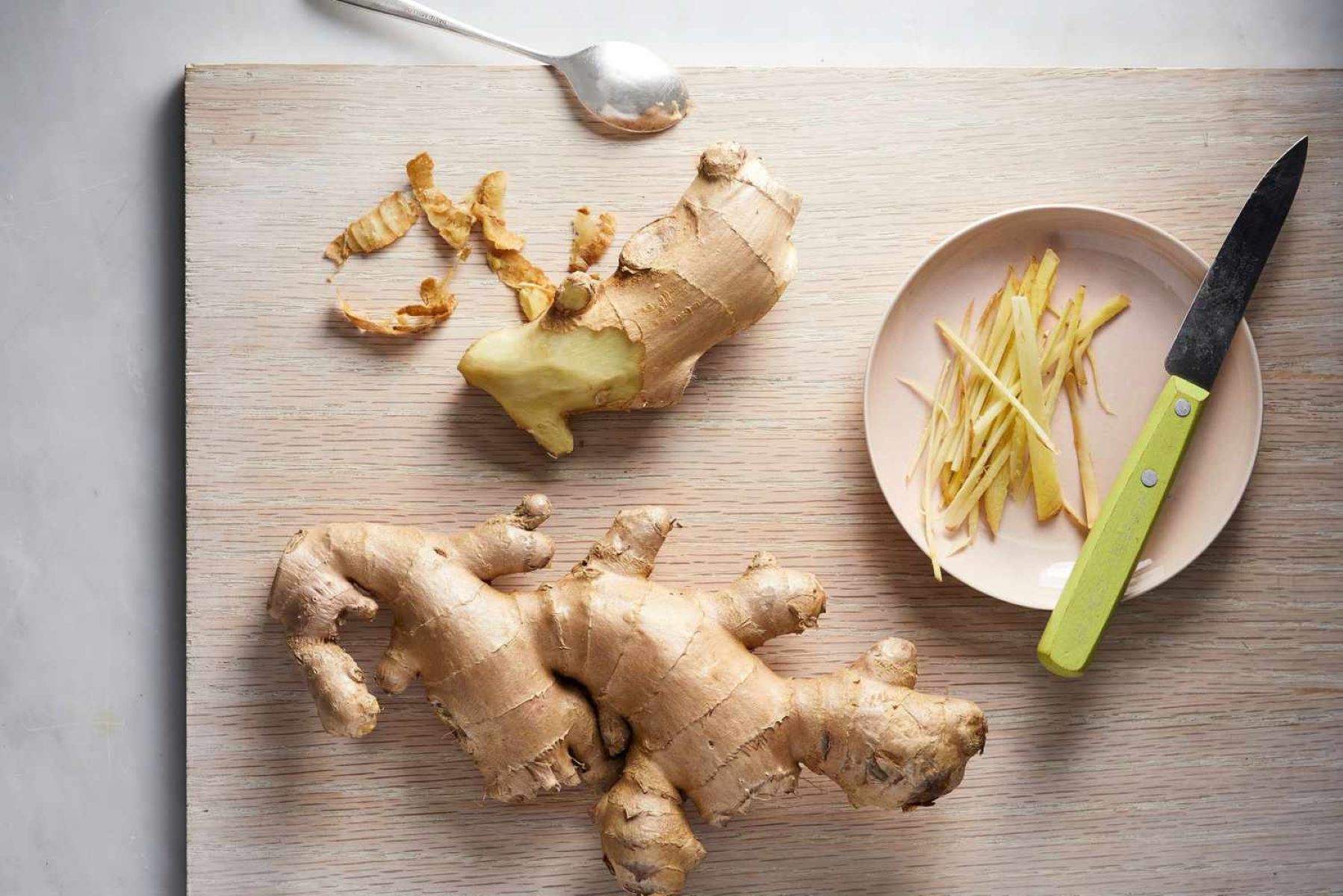

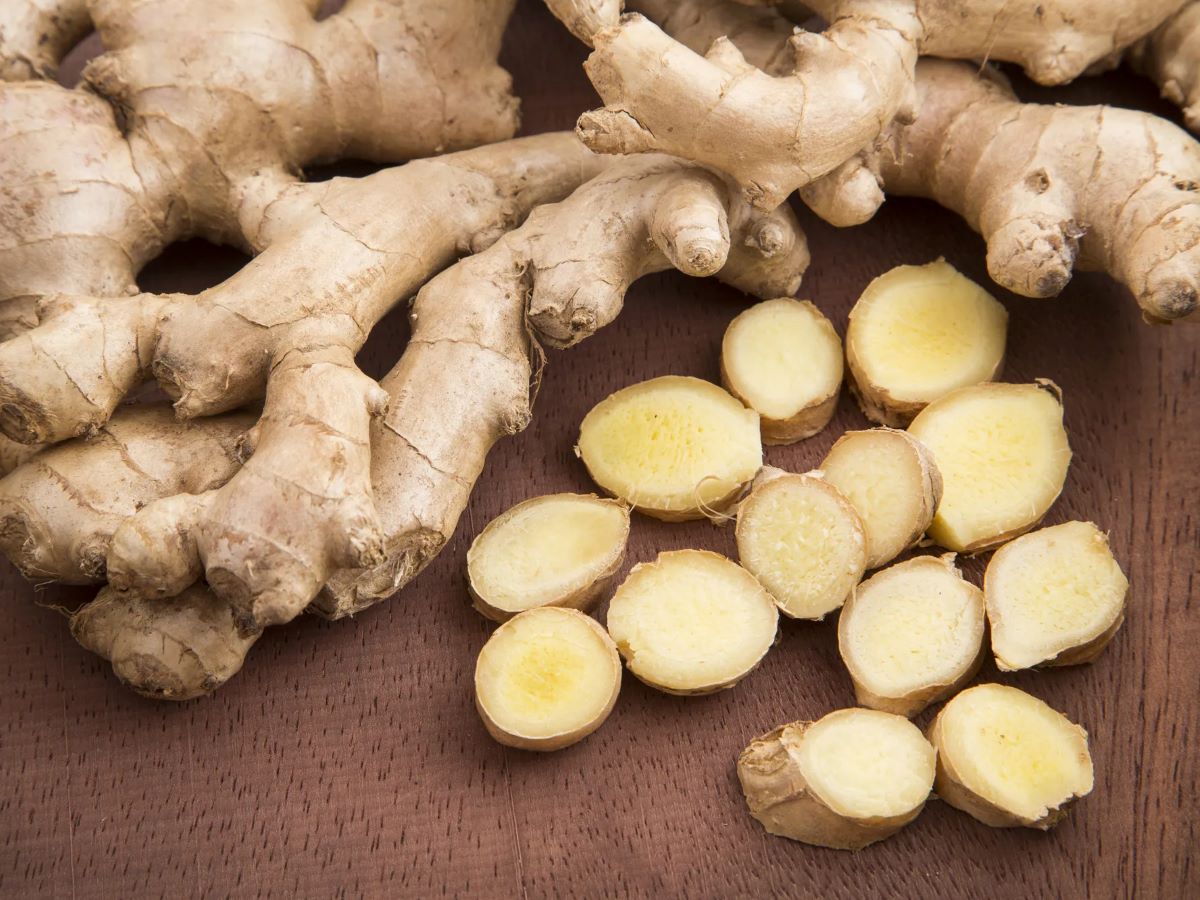
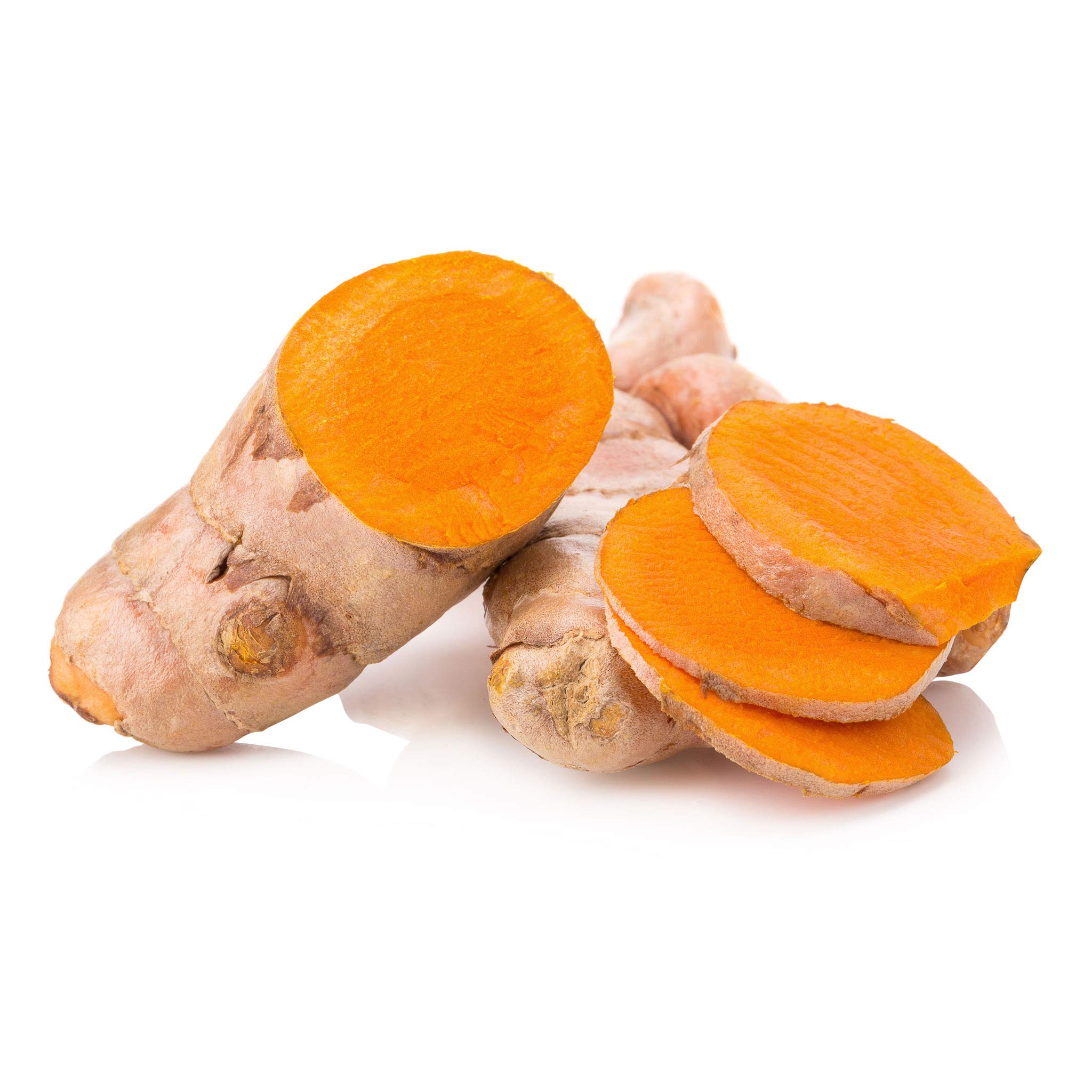


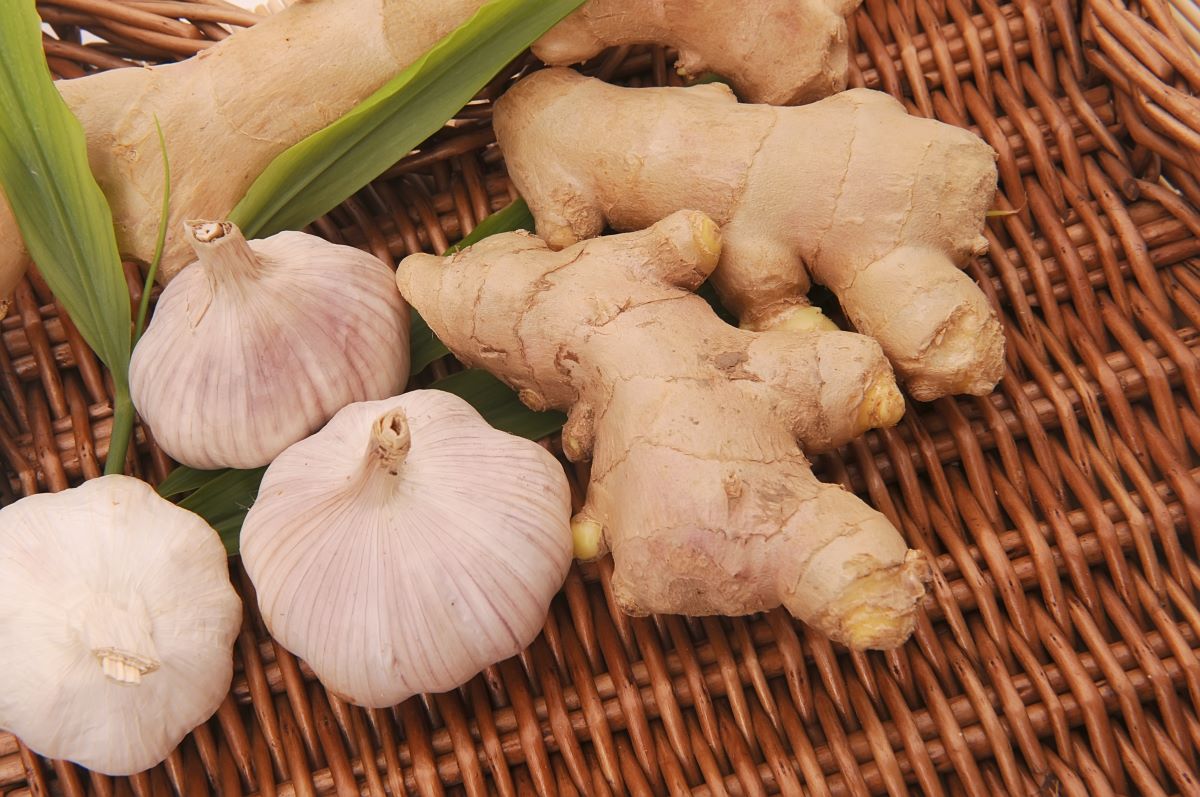
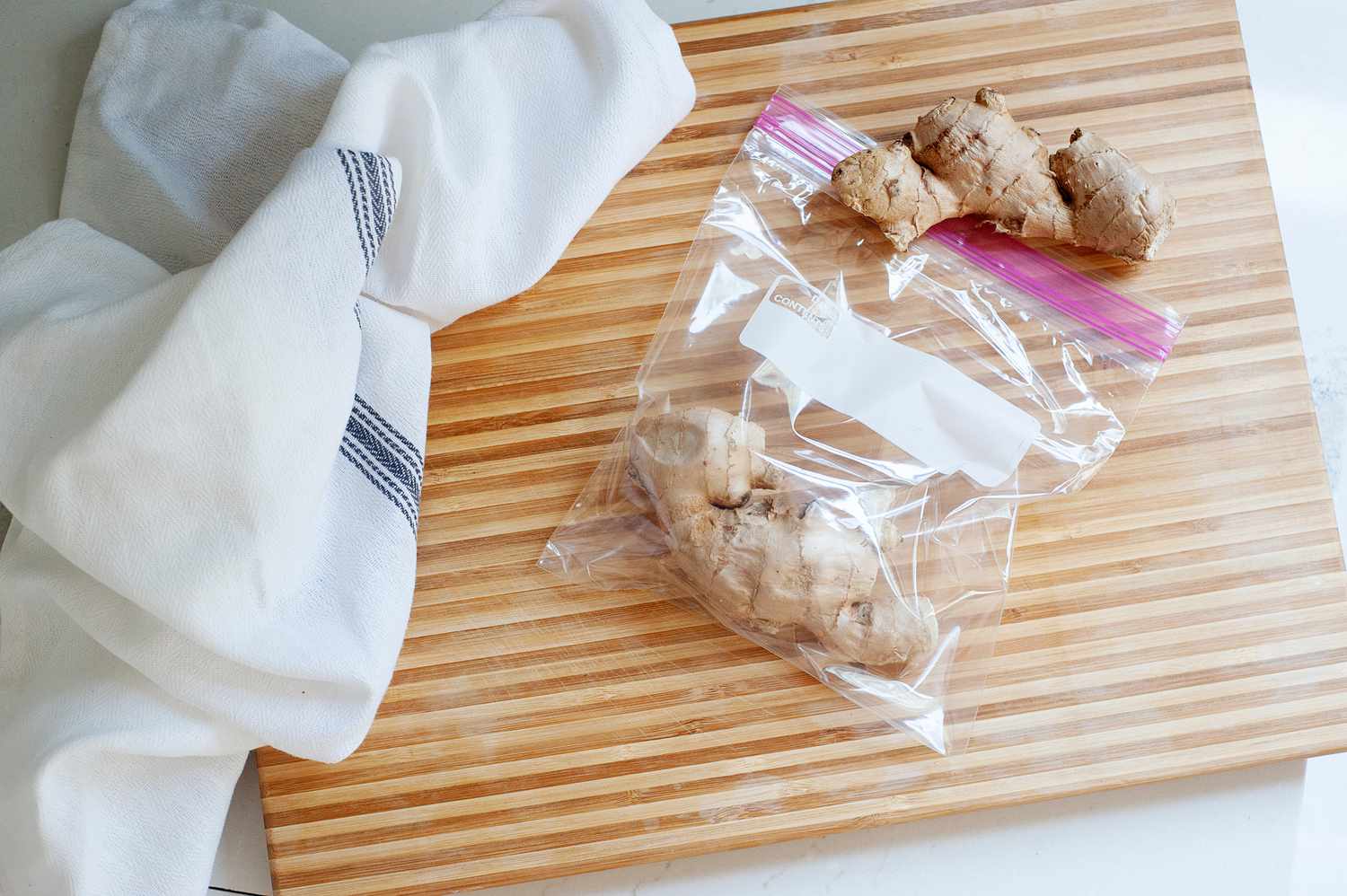

0 thoughts on “How To Store Ginger And Turmeric Root”